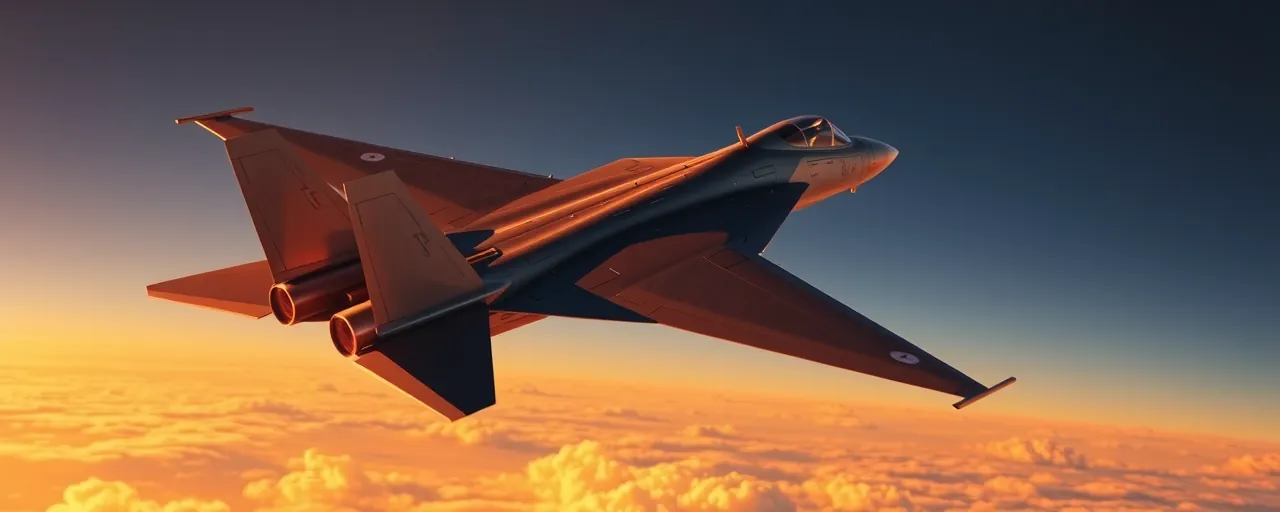A Critical Crossroads for Air and Space
The Department of the Air Force faces a defining moment. In a recent Senate Armed Services Committee hearing, senior leaders described a world where global rivals are swiftly advancing their military capabilities. Their call to action centered on modernizing air and space forces to maintain a strategic advantage. This urgency resonates as the U.S. confronts complex challenges, from China's naval expansion to emerging threats in orbit.
Secretary of the Air Force Troy Meink, joined by Air Force Chief of Staff Gen. David Allvin and Space Force Chief of Space Operations Gen. B. Chance Saltzman, outlined a strategy focused on readiness, innovation, and deterrence. Their testimony went beyond technology, addressing the human and financial hurdles that could shape the nation's defense. For Americans unfamiliar with military debates, this raises a key question: how will these priorities impact security and those who serve?
Modernization: Keeping Pace With Rivals
The Air Force is investing heavily in advanced technology. Leaders highlighted the F-47 Next Generation Air Dominance fighter jet, built to integrate rapid software upgrades and avoid the delays of past programs. This approach aims to deliver cutting-edge systems to pilots quickly. Collaborative Combat Aircraft, pairing manned jets with autonomous drones, and enhancements to F-35 and F-15 fleets are also critical to the plan.
Nuclear modernization remains a cornerstone. The Sentinel intercontinental ballistic missile and B-21 Raider bomber are vital for deterrence. Meink noted the challenge of balancing these long-term projects with immediate operational needs. With older aircraft like the F-16 achieving only 62 percent mission-capable rates, well below the historical 75–80 percent standard, sustaining readiness is a persistent struggle.
Space Force: Guarding a Vital Domain
The Space Force, though newly established, plays a central role in national security. Saltzman emphasized space as essential for everything from navigation to missile defense. The Golden Dome initiative, reliant on space-based systems, highlights this growing responsibility. Yet, he warned that resources are not keeping up with threats, such as China's progress in disrupting satellite operations. This shortfall risks U.S. dominance in a critical domain.
For communities nationwide, the Space Force's challenges reveal a broader truth: space impacts daily life, from secure banking to emergency response. The need for investment extends beyond military bases, touching the technologies Americans rely on every day.
People and Resources: The Heart of Defense
Modernization depends on people as much as technology. Recruitment and retention pose ongoing challenges, with only 23 percent of young Americans meeting enlistment criteria and just 9 percent expressing interest. The Air Force struggles to fill roles in technical and combat fields. Meink and Allvin stressed the importance of supporting service members and their families through better training, housing, and healthcare.
Budget limitations complicate these efforts. The Department of Defense's $850 billion FY 2025 budget, bolstered by $150 billion for priority programs, falls short of some proposed increases. Supporters of higher spending advocate for a budget reaching 5 percent of GDP, around $1.45 trillion, to counter global competitors. Others argue that such growth could limit funding for domestic needs like education or public health, fueling debate over resource allocation.
Navigating a Competitive World
Global competition sets the stage for these challenges. China's military advances, including the world's largest navy and a growing nuclear arsenal, have prompted a U.S. focus on deterrence in the Indo-Pacific. Dispersing forces across the region, rather than concentrating them in vulnerable hubs like Guam, aims to enhance resilience. Alliances like AUKUS and the Quad combine military strength with diplomatic engagement.
Perspectives on the best approach vary. Some policymakers prioritize global cooperation through institutions like the United Nations, arguing that military power alone cannot tackle issues like climate change or pandemics. This debate reflects broader questions about how the U.S. should balance defense with other global responsibilities.
Shaping the Future of Security
Air Force and Space Force leaders underscored their dedication to maintaining U.S. leadership in air and space. Their testimony was a plea for Congressional support to address evolving threats. For the public, this moment highlights the need to balance immediate concerns, like aging aircraft and recruitment struggles, with long-term preparations for a complex world.
These decisions affect more than just the military. They influence the safety of global trade, the reliability of communications, and the opportunities available to service members. The choices made today will define the nation's ability to navigate challenges for years to come.
As lawmakers consider these priorities, the path forward demands careful judgment. Investing in advanced systems and supporting those who serve are not merely defense goals; they are commitments to a future where the U.S. can face global uncertainties with strength and clarity.
